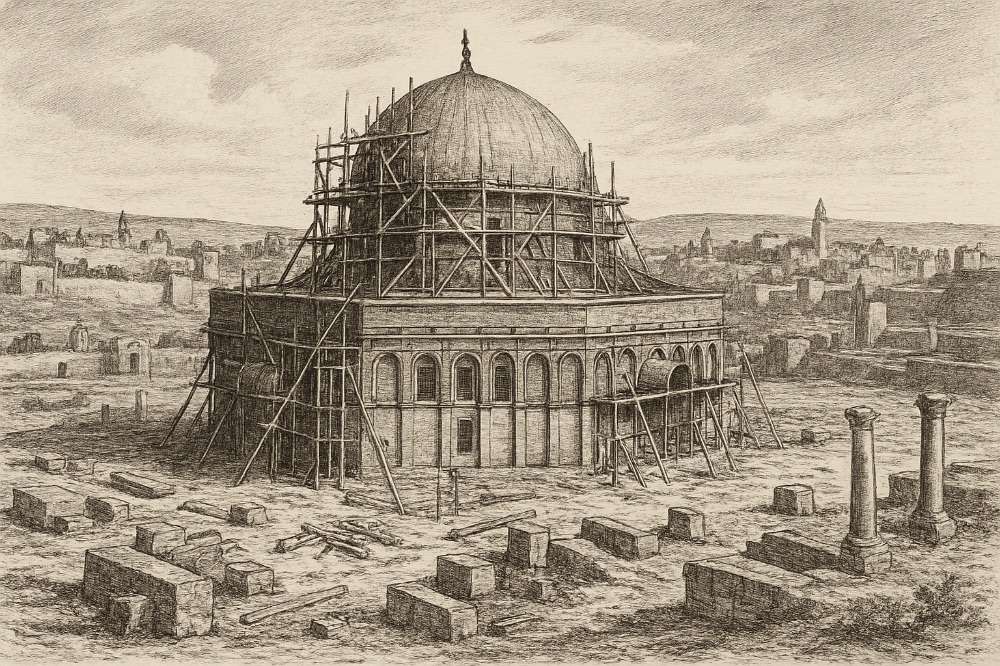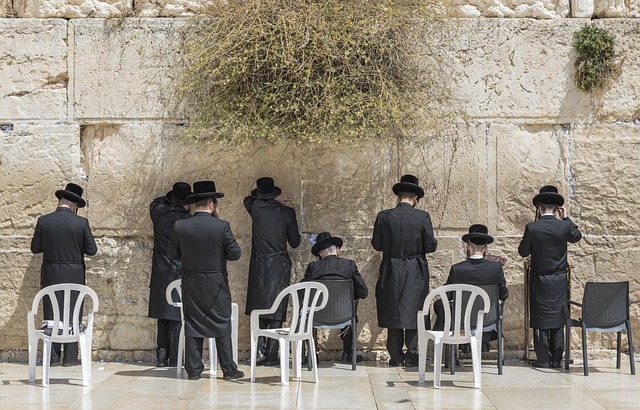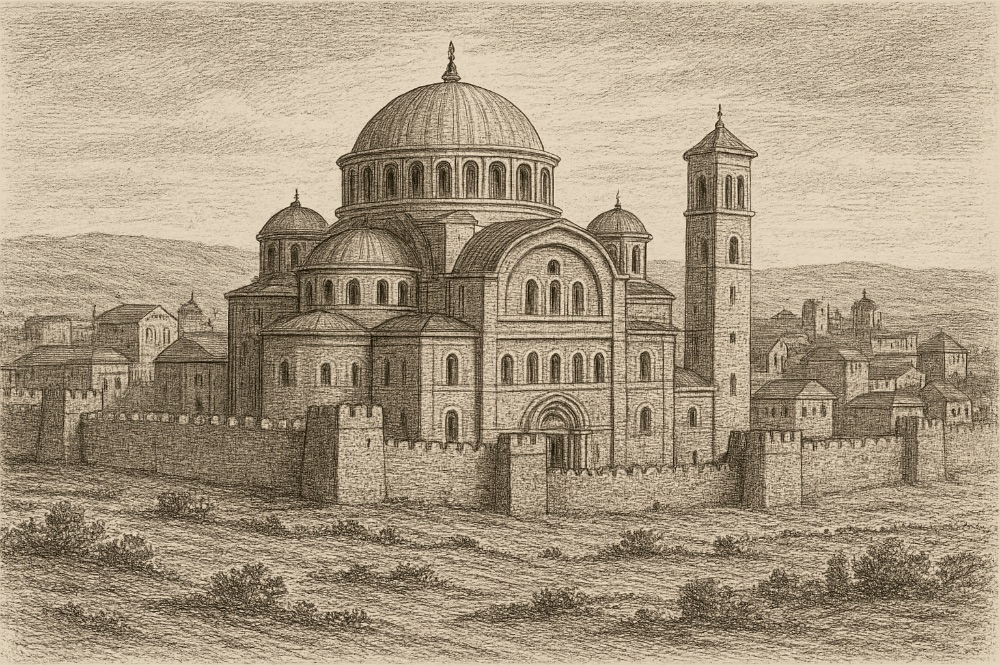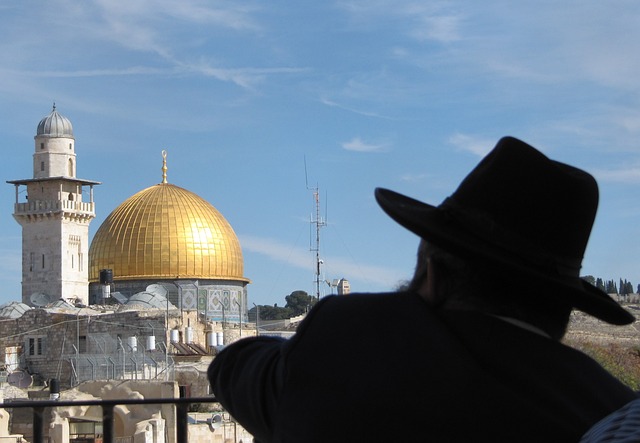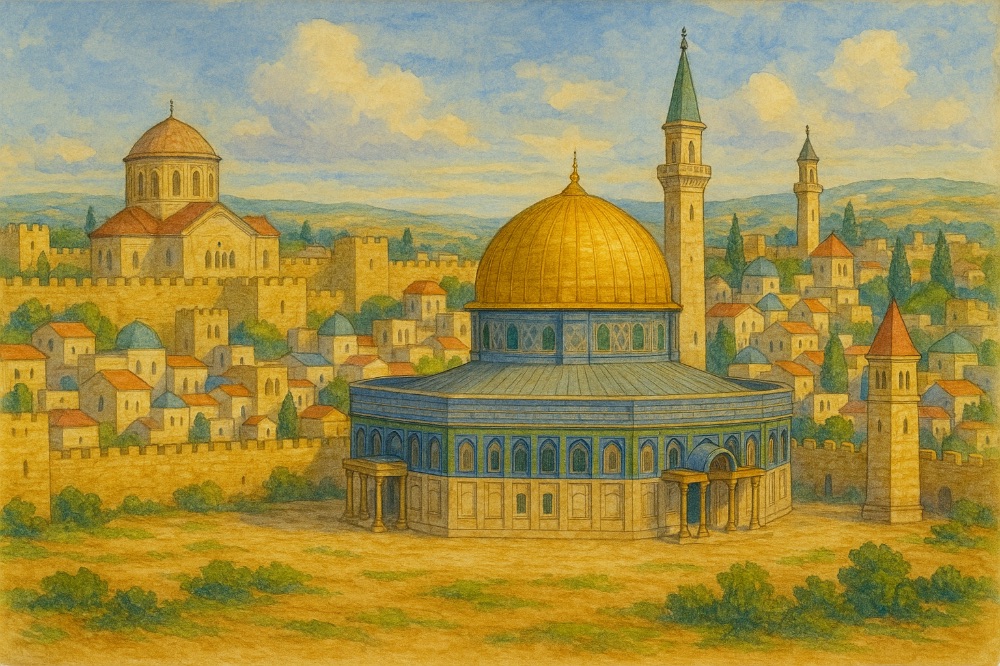The Dome of the Rock: Why Early Jews Never Called It a Violation
The Building of the Dome of the Rock
In 691–692 CE, the Umayyad Caliph Abd al-Malik commissioned a monumental Islamic shrine at a site believed to have once hosted the First Temple of the Children of Israel. Reading that today, you’d expect fierce Jewish opposition—maybe protests, outrage, or even religious backlash to defend what’s now seen as the holiest site in Judaism. But none of that ever happened. Not then.
Despite what modern far-right Zionist social media campaigns may claim, the historical Jewish response to the building of the Dome of the Rock tells a completely different story. It wasn’t outrage. It wasn’t resistance. It was silence.
Behind the Jewish Silence
When you dig through historical records, Jewish or otherwise, you won’t find a single clear condemnation or accusation of Muslims violating Jewish holy ground. No protests. No outcries. No attempts to reclaim the site. Not even a complaint. In fact, early Jewish writings are silent on the matter altogether.
And that silence is deafening. We’re talking about a place that today is described as the most sacred location in Judaism—yet there was no resistance when a permanent Islamic structure was built on it. Imagine if Muslims built a mosque in the heart of the Vatican, or Christians erected a church on the grounds of the Ka’bah. The global outcry would be unstoppable. So, if the Temple Mount held that same intensity of holiness for Jews in the 7th century, wouldn’t history have recorded their resistance?
But it didn’t. And that raises one massive question: why?
I’ve spoken to Jews about this—some were surprised, some speechless. Many had never even thought about it. Nobody seems to have a concrete answer, but here are some grounded theories based on the historical setting:
- The site’s importance may have been tied only to its past as the location of the temple.
- Some Jewish traditions view its relevance as tied to the future arrival of the Messiah, not the present.
- Jewish law, for centuries, prohibited Jews from entering the Temple Mount for fear of impurity—possibly weakening the emotional connection to the site.
- Under Muslim rule, Jews were treated better than they had been under the Byzantines. They were allowed to live in Jerusalem again and practice their faith freely. So to many Jews, Muslim rule felt more like relief than occupation.
Global Silence Too
It wasn’t just Jews. The international reaction was also eerily quiet. Aside from a few Byzantine religious leaders blaming their losses on divine punishment, nobody else protested. Not historians. Not travelers. Not non-Muslim communities living nearby. Nothing. No historical trace of conflict or objection. The construction of the Dome of the Rock happened without anyone claiming it was a violation.
“Next Year in Jerusalem”
That phrase—probably the most well-known Jewish reference to Jerusalem—didn’t even emerge until centuries later, first penned by a poet in the 10th century. And even then, it was more about spiritual longing than political ambition. No mention of the Dome. No demand for reclaiming the site. No accusation against Muslims. Just a symbolic connection.
Modern-Day Jewish Division
Fast forward to today, and the Jewish stance is no longer unified. Yes, modern Zionist rhetoric has gained momentum, pushing for the rebuilding of a Jewish temple right on top of the Dome of the Rock. But many Jews around the world—inside and outside Israel—reject this idea. Some cite religious reasons, saying only the Messiah can authorize a temple. Others fear political fallout and bloodshed.
This division within the Jewish community undermines the claim that the Dome was ever seen as a violation of sacred space. If Jewish ancestors didn’t object, and many Jews today still don’t support reclaiming the site, how strong is the claim, really?
Muslim Respect for Other Faiths
Let’s go back even earlier. When Umar Ibn al-Khattab entered Jerusalem in 637 CE, he was invited by Patriarch Sophronius to pray inside the Church of the Holy Sepulchre. He declined—not out of disrespect, but because of it. Umar didn’t want future Muslims to attach religious significance to the church and risk transforming it.
That act of restraint speaks volumes. It gives us context. Muslims weren’t out to replace or erase holy sites—they were mindful of preserving them. That makes it even more unlikely that they would have taken over the Temple Mount against Jewish wishes.
The Islamic Perspective
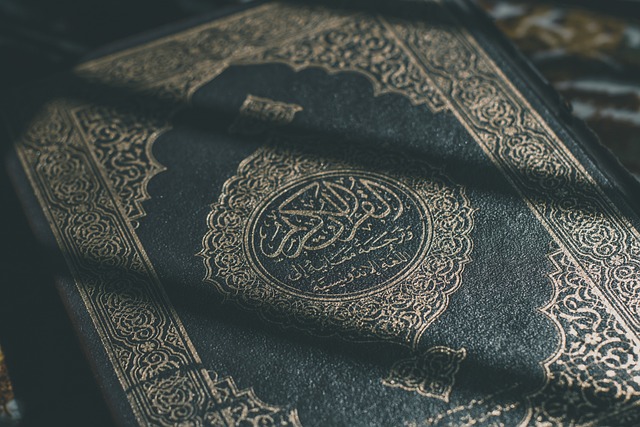
Photo by freebiespic on Pixabay
The Jewish view of the site has shifted over time, but the Islamic stance has been consistent from the beginning. Islam sees itself not as a break from the past, but a continuation of it. A restoration. Muslims believe the prophets of Judaism and Christianity were all part of the same divine message. Abraham, Moses, Jesus, Muhammad (peace be upon them all)—all messengers of the same God.
So when Muslims built the Dome of the Rock, it wasn’t to erase what came before. It was to honor it. To set things back in alignment. In that sense, the structure wasn’t a violation—it was a validation of divine heritage.
Some early Christian sources—like The Marriage of the Virgin—even suggest the Dome was modeled after the ancient Temple of Solomon. While that’s debated today, it still gives weight to the idea that Muslims were preserving, not desecrating.
The Bottom Line
Here’s the million-dollar question: if Jews in the 7th century had no issue with the Dome of the Rock, why do some Jews today act like it was a religious violation? Why do they think that they know better than their ancestors?
